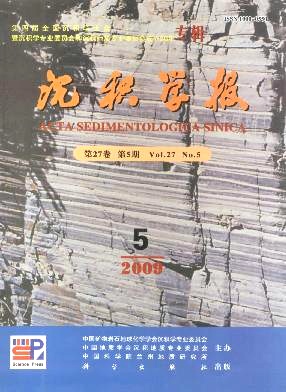Grain Size Trend Analysis: Principle and Applicability
- Received Date: 1900-01-01
- Rev Recd Date: 1900-01-01
- Publish Date: 2009-10-10
-
Key words:
- sediment transport
Abstract: For a long time sedimentlogists have used grain size parameters as a critierion to determine the type of sedimentary environments or to identify the mode of transport before accumulation. However, such efforts have been only partly successful. Another possible ussage of grain size data is to delineate sediment transport pathways on the basis of the spatial distribution paterns of grain size parameters, which is defined as “grain size trends”. Based upon analysis of grain size trends, qualitative models for sediment transport have been established. The basic scientific problems for grain size trend analysis include: the procedure to subtract the information on transport; the method to determine which types of the trends contain transport information; and the conditions under which the method can be applied. For the first two questions, it has been proposed that the patterns of the trends can be obtained by defining the “trend vector” and identifying its spatial anisotropy (the significance of which can be tested using statistical methods), and empirical evidence has shown the existence of the trend types that contain transport information. With regard to the third question, preliminary studies indicate that the following conditions should be satisfied for the application of grain size trend analysis: (1) the spatial anisotropy of the trend vectors is statistically significant; (2) the sampling depth matches the temporal scale of the transport phenomenon; (3) the sampling interval is in agreement with the geostatistical principle; (4) the edge effect is eliminated; and (5) the samples are from the same transport system or the sedimentary environment is in an accretional status. However, these conditions are still incomplete, because of the uncertainties from the effects of material mixing, the characteristics and their changes of sediment in source areas, transport in different hydrodynamic settings, settling processes of suspended sediment, transformation between dissolvedparticulate materials and lateral distribution patterns of sediment movement. A thorough solution to the problem depends upon future progress in the study of the processes and mechanisms for the formation of grain size trends
| Citation: | GAO Shu. Grain Size Trend Analysis: Principle and Applicability[J]. Acta Sedimentologica Sinica, 2009, 27(5): 826-836. |






 DownLoad:
DownLoad: